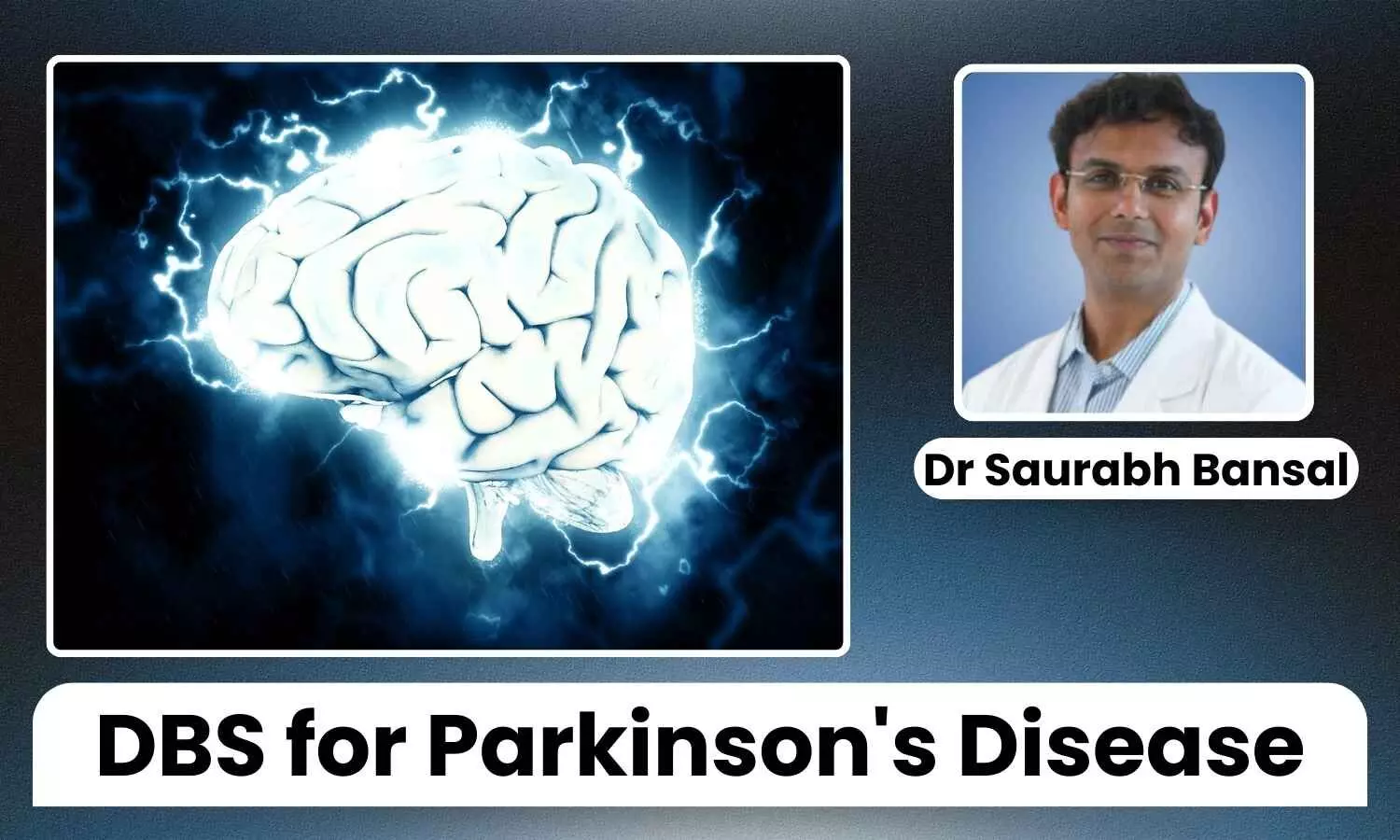How Does Deep Brain Stimulation Rewire Parkinson's Symptoms? - Dr Saurabh Bansal

Parkinson’s disease (PD) is a progressive neurodegenerative disorder characterized by the loss of neuronal dopamine production in the brain. Stiffness and tremors are some of the common symptoms of this disease.
While oral medications have long been the foundation of treatment, they often become less effective as time passes and can lead to various side effects. As the disease progresses, more continuous delivery of therapy such as Deep Brain Stimulation (DBS) is commonly needed for its effective management.
Before understanding DBS, it is crucial to know the underlying mechanisms of Parkinson's disease. Parkinson's is characterized by the progressive loss of dopamine-producing neurons in the substantia nigra, a region of the brain responsible for controlling movement.
As these neurons deteriorate, individuals with Parkinson's experience a range of motor symptoms, including tremors, rigidity, slowness of movement (bradykinesia), and difficulty with balance and coordination.
Deep Brain Stimulation at its core, it is a form of neurosurgical therapy that involves implanting electrodes in specific areas of the brain responsible for motor control.
Upon implantation in the targeted areas, these electrodes provide high-frequency electrical impulses to the relevant areas of the brain.
Through stimulation, this disrupts the abnormal neural activity present in Parkinson’s disease and essentially rewires the brain circuit that is involved with movement control
How DBS Works?
DBS works on electrical signals. It sends accurate electrical signals to targeted regions of the brain. The signals help restore the balance between the go and the stop signal, which makes it simpler for the brain to manage movement.
By modifying the way in which brain cells work, DBS improves the symptoms as well as the communication between areas of the brain that coordinate movement. Consequently, numerous patients benefit from increased mobility and functioning during daily activities.
Advantages Beyond Symptom Relief
Following DBS, most patients experience a reduction in tremors, stiffness, and slowness of movement. But for a change, the benefits extend beyond improved feelings.
The advantages are not limited to feeling better. Numerous individuals find that they require fewer medications that relieve Parkinson’s symptoms.
This is substantial because taking less medication can lower the risk of side effects, like involuntary movements, which may occur when medications are taken for an extended period.
DBS can simplify and enhance the management of Parkinson’s disease. In general, DBS improves not only the symptoms but also the treatment approach of the patients, resulting in an improved quality of life. Another great strength of DBS is its flexibility.
The parameters of the devices can be adjusted depending on how the patient responses, and this allows for personalized treatment that adapts to the development of the disease.
Finally, DBS is a strategy for managing Parkinson’s disease that provides a solution for reconfiguring motor circuits in the brain and greatly enhancing patients’ quality of life.
Although it is no cure, DBS is a potent tool that relieves symptoms and improves mobility, highlighting the promise of neuromodulation methods in treating multifaceted neurological disease.
As research develops further, DBS remains a beacon of hope among therapeutic possibilities. With continued support and improvements in technology, more patients will be able to find relief and take back control of their lives.


